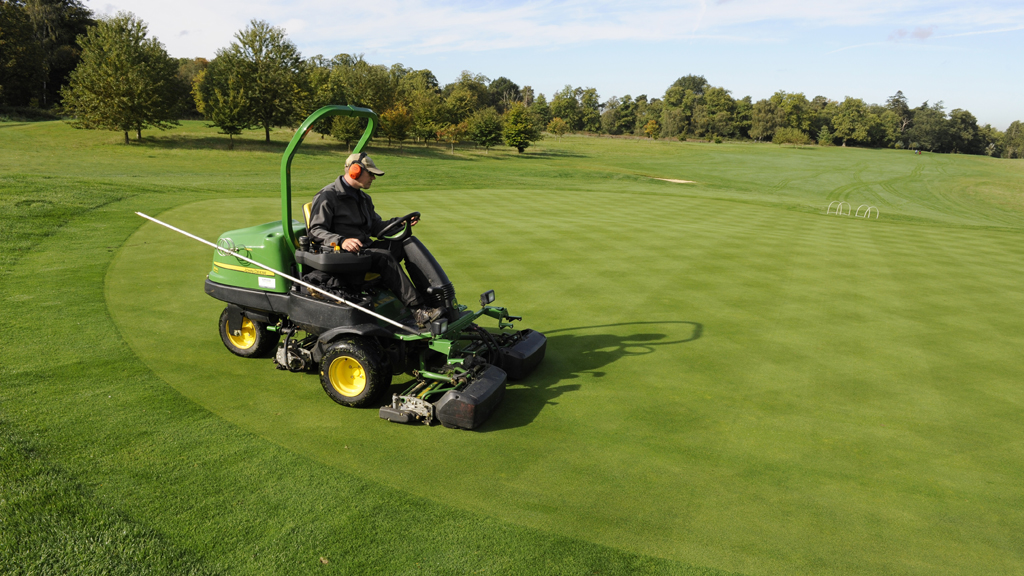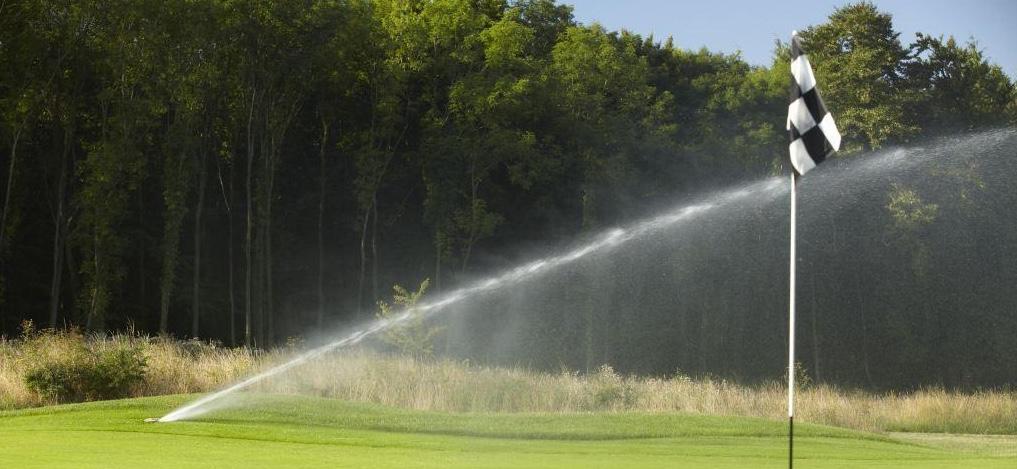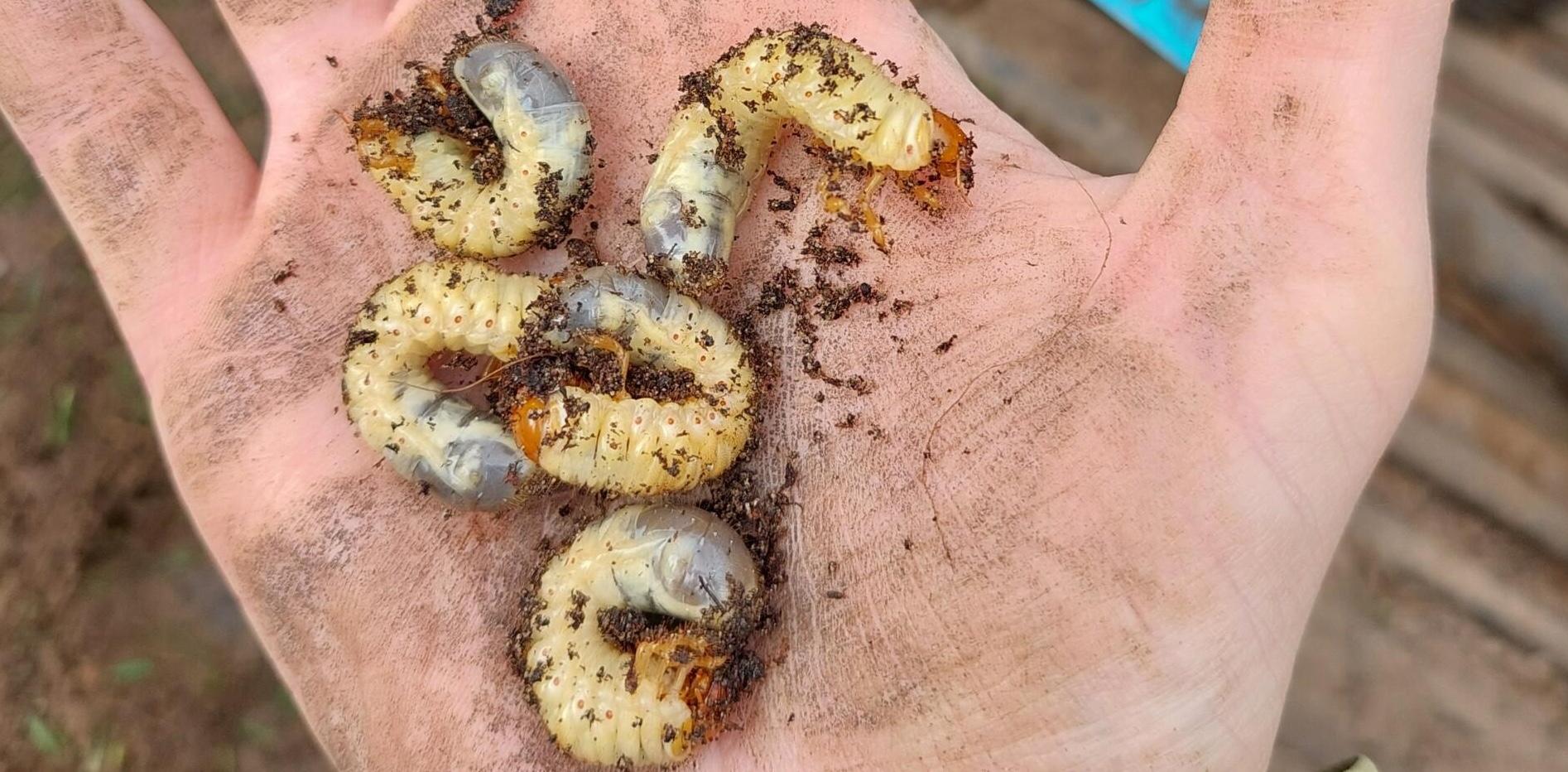I've always found that weather records of past seasons' experiences give a good indication of what's likely to come for this year. September weather patterns over recent seasons have typically recorded good growing conditions, continuing well into the autumn. That gives opportunities to improve turf health and surface quality, but does create other issues to manage.  Last year, for example, across the UK the sunshine and rainfall were both a perfect average, with no great regional variation to the norm. Coupled to that, temperatures were well up on the long-term average.
Last year, for example, across the UK the sunshine and rainfall were both a perfect average, with no great regional variation to the norm. Coupled to that, temperatures were well up on the long-term average.
| September 2016 Highs’n’Lows |
- For the UK as a whole, sunshine and rainfall were a perfect average
|
- Temperatures were significantly higher – up by 2.8°C for central southern England, compared to the historical long term average
|
- In Scotland, the west had 20% above recent average rainfall, but the east nearly 20% below
|
- East Anglia had just six days with rain, compared to 21 days in the west of Scotland – with an average of nearly 6 mm of rain per rainy day
|
Making the most of available conditions with healthy green leaf area is crucial as September light levels start to fall quickly, and evenings start to get cooler. Typically, night time temperatures are an average 2°C cooler, compared to August, with 40 hours less sunshine – a reduction of 25%.
Enhancing turf health with Primo Maxx PGR, Qualibra wetting agent and a proactive fungicide strategy is paramount in helping turf to effectively recover from renovation, and to prepare it to withstand the winter stresses of disease and weather.
Damp disease risk
As conditions cool through September, any rain or moisture raises the risk of an early Microdochium Patch (Fusarium) attack, from pathogens that have survived the summer in the thatch - especially through wet conditions experienced for much of the country this year.
GreenCast weather and disease records has highlighted weather conditions over recent seasons have created protracted risk periods for disease attack throughout September, rising significantly to high risk at the beginning of October. This has helped to pinpoint the ideal timing for planning proactive preventative systemic treatments, such as Banner Maxx or Headway.
Rough Rescue
The weather conditions this summer has seen many areas of golf course rough growing out of control - creating thick, clumpy unplayable lies. However, good growing conditions in September will help achieve rapid herbicide uptake and good levels of selective removal of Ryegrass with autumn Rescue applications.
Keep a look out as I'm going to post some more info on autumn use of Rescue over the next few days - it's one of the hot topics I'm being asked about at the moment.
 Last year, for example, across the UK the sunshine and rainfall were both a perfect average, with no great regional variation to the norm. Coupled to that, temperatures were well up on the long-term average.
Last year, for example, across the UK the sunshine and rainfall were both a perfect average, with no great regional variation to the norm. Coupled to that, temperatures were well up on the long-term average.



